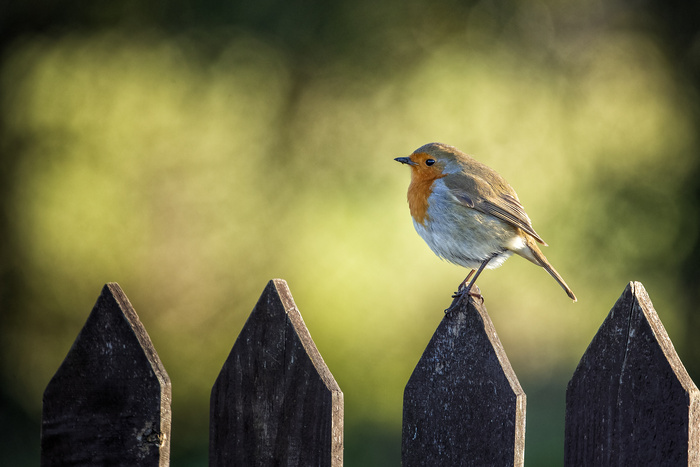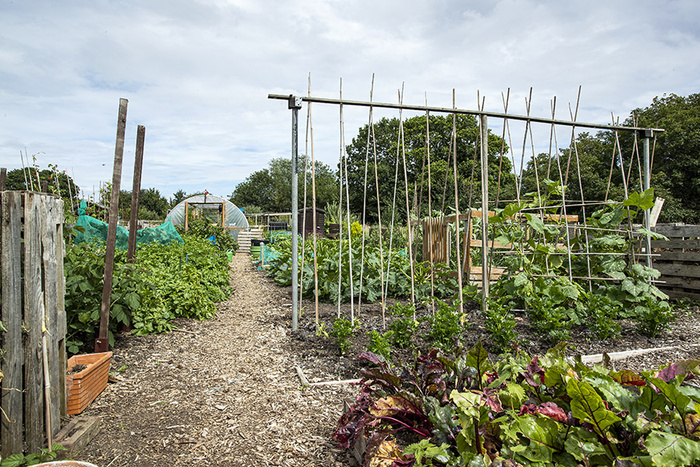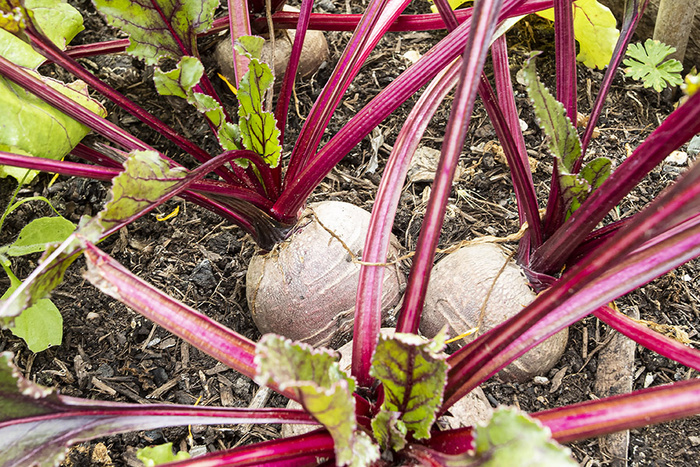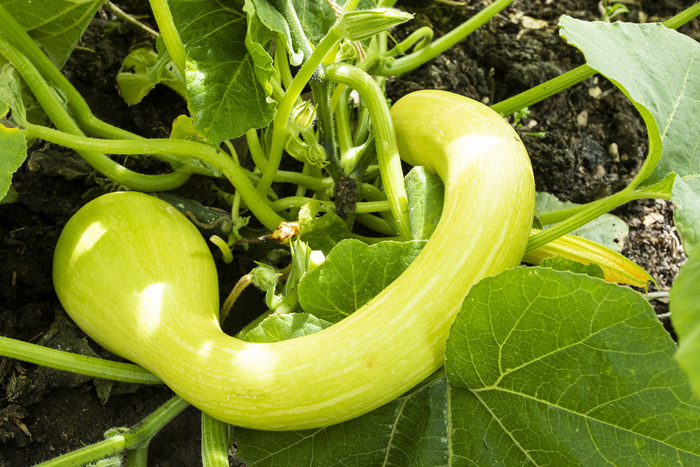Project 63 - Belated update
29th January 2021
In: Project 63

A new year has arrived. January is not the fairest of months, and as I tend to be a bit of a warm-weather plot holder, proves to be a month of essential tasks only, including any maintenance. Some early sowing took place in early November, Broad beans, garlic and elephant garlic, and a delivery of well rotted manure from December is now in the process of gradually being spread across the plot under the watchful eye of a friendly robin (pictured above).
It occurred to me during this tedious task of the remiss approach to updating information for the project in 2020, with no posts undertaken. One of the principal reason for this is the generosity of Association members in their willingness to contribute articles for the website, and we have had some amazing and humorous compositions to keep us all smiling during the course of this year. From badger averse gnomes, to shed alarms and annoyed neighbours, to the inability to complain due to new neighbours now taking good care of the plot next door. These articles have provided a little insight into the community on site and have proved popular.

Despite all this, project 63 has ticked over through the year, with no disruptions for the cricket world cup as last, and even managed to get Sanctus, the charity this project principally supports to contribute an article to the web site detailing what happens to the produce we donate.
Generous donations from various plot members, together with the Wilderness Foundation have once again expanded the contribution, which at the height of the growing season can reach 11-12 mushroom trays full of fruit and vegetables.
As various readers of previous posts will know, the project is also used as an excuse to grow some more experimental crops, this year being no exception, and the relative successes and failures will be included in this and future updates for the project all of which take a view of the year. There are a couple of instalments.

This year of course has been a really strange year, with COVID, lockdown and various restrictions on general society prevailing. However, right at the very outset the government expressed how ideal Allotments were in terms of allowing for personal exercise and by their very nature the ability to social distance, and the site as a whole saw various new members, plus perhaps a little more input to the various plots than previous years. A host of positive commentaries through the year were overheard about how good the site looked.
As with previous years, project 63 was divvied up to ensure the most productive vegetables took priority. Broad beans and garlics, planted late the previous year, followed by early potatoes, and then other varieties to follow, onions generally the starting point for the growing year. Broad beans were planted where the raspberries had been dug out the previous year (their lack of productivity a significant factor), together with parsnips a little later to make use of quite a considerable area. Alex donated a couple of Cavalo Nero plants, plus Kalettes which along with Edamame beans made up the far side of the plot together with 10 new Glenn Ample Raspberry canes.

Two complete raised beds of carrots were sown, together with a bed of elephant garlic, and once the garlic removed, a host of dwarf beans, radicchio, beetroots followed on to allow a constant supply. The other side of the plot constituted various squashes, courgettes, tromboncinos, runner bean tepee, fennel, celeriac, sweet corn, Cavalo nero and buttonhole kale. The real star though was completely unexpected, and a donation from the Wilderness Foundation of a Jack O Lantern pumpkin which I was going to grow to carve for halloween turned out not to be as described, and was in fact an Atlantic Giant, and with very little attention grew, grew and continued to grow.
The poly tunnel housed various different varieties of tomato, and a host of beauty belle peppers which year after year have proved to be very productive. The last part of space in the poly tunnel was given over to one of four experimental crops this year, details of which to follow.
to be continued......